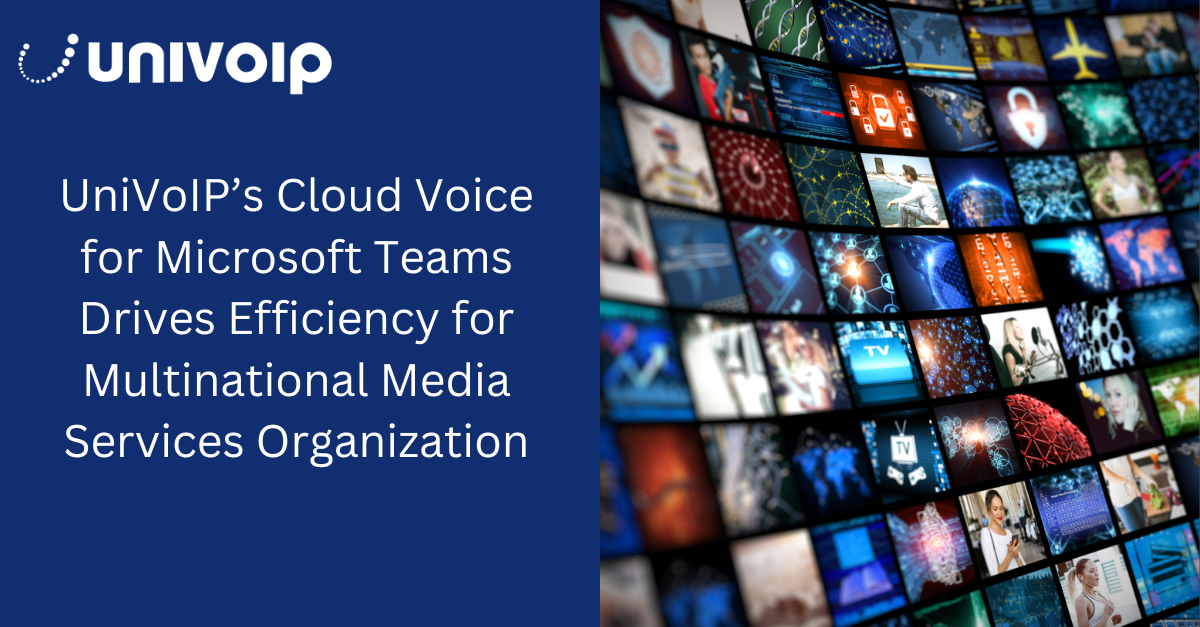Exceptional customer experiences drive business success. A 2025 survey found that 82% of consumers say a company is only as good as its service,1 underscoring how customer service quality has become the defining factor in how businesses are perceived. When customer expectations are this high, organizations need sophisticated tools to understand, measure, and continuously improve their service interactions.
Contact center analytics serves as the foundation for meeting these rising expectations. Companies that harness analytics effectively can pinpoint exactly where service experiences fall short – while uncovering opportunities to create memorable moments that strengthen customer loyalty.
In this guide, we’ll break down contact center analytics solutions, the key metrics to track, and best practices for getting the most value from your contact center reporting and analytics.

What Are Contact Center Analytics?
Contact center analytics is the collection, measurement, and analysis of data from customer interactions across communication channels, including:
- Phone calls
- Emails
- Chat
- Social media
These analytical capabilities decode customer interactions, identify meaningful patterns in communication, and transform raw data into actionable intelligence – so contact center teams can improve customer service while optimizing workflows.
Types of Contact Center Analytics Solutions
There are several types of contact center analytics solutions to help optimize performance based on specific goals, such as:
Contact Center Speech Analytics
Contact center speech analytics uses AI and natural language processing (NLP) to analyze real-time customer conversations. This software identifies keywords, sentiment, and tone to help businesses detect customer pain points, measure satisfaction, and uncover training opportunities for agents.
Contact Center Predictive Analytics
Contact center predictive analytics leverage historical data and machine learning to forecast trends like call volume fluctuations, customer behavior, and potential churn risks. Supervisors can then use these insights to allocate resources more efficiently and proactively address customer concerns.
Omnichannel Contact Center Analytics
Customers reach out to businesses through multiple channels, and 97% say they want to be able to move across channels without having to repeat information.1 Omnichannel analytics consolidates data from every communication channel to provide agents with a complete view of the customer journey.

Contact Center Sentiment Analytics
Sentiment analytics evaluates the emotional tone of customer interactions. This evaluation helps contact center supervisors gauge satisfaction levels and identify specific areas where service improvements would be most beneficial.
Real-Time Contact Center Analytics
Real-time analytics enables organizations to monitor customer interactions as they happen. This immediate visibility allows contact center supervisors to intervene when necessary while providing timely coaching to agents during crucial moments.
Key Metrics in Contact Center Reporting and Analytics
Here are some of the most important key performance indicators (KPIs) that businesses should track in their contact center reporting and analytics:
First Call Resolution (FCR)
FCR measures how many customer inquiries are resolved on the first interaction. A high FCR usually means agents are well-trained and equipped to handle customer issues efficiently.
Average Handle Time (AHT)
AHT tracks the average duration of a customer interaction, including talk time and post-call work. While shorter AHTs may indicate efficiency, businesses must balance speed with service quality.
Customer Satisfaction Score (CSAT)
CSAT measures how happy customers are after interacting with your customer service teams. A high CSAT score reflects a more positive customer experience (CX).
Net Promoter Score (NPS)
NPS gauges customer loyalty by asking how likely a customer is to recommend a company’s services. A high NPS signifies strong brand advocacy.

Call Abandonment Rate
This metric measures how many callers hang up before speaking to an agent. A high call abandonment rate may indicate long wait times or inefficiencies in call routing.
Sentiment Analysis Scores
AI-powered contact center speech analytics assigns sentiment scores to customer interactions, helping businesses assess emotional tone and identify dissatisfaction trends.
7 Best Practices for Contact Center Analytics Software
Following these best practices can help contact centers drive efficiency while improving the customer experience when using contact center analytics software:
1. Define Clear Goals and KPIs
Before implementing contact center analytics solutions, you’ll need to establish clear objectives that align with your business priorities. Answer questions like:
- Are we looking to reduce call handling times?
- Do we want to improve first call resolution (FCR)?
- How can we improve customer satisfaction (CSAT) scores?
Defining these goals can help ensure your analytics efforts align with what truly matters to your organization. Use these goals to establish KPIs that reflect these objectives so that you can measure your contact center’s progress while keeping your team focused on the outcomes that drive success.
2. Leverage AI and Automation
Modern contact center reporting and analytics tools come equipped with AI and automation capabilities – a must, considering 79% of agents say AI helps them deliver superior customer service.2 For example, automated call transcription can save your teams time (and improve accuracy) by analyzing conversations without manual effort, while real-time sentiment analysis helps agents respond most appropriately in critical moments.

3. Balance Efficiency With Customer Experience
While efficiency metrics like AHT are important to your operations, they shouldn't overshadow customer satisfaction. Strike a balance by:
- Reducing wait times while ensuring agents take the time to resolve issues thoroughly.
- Encouraging personalized interactions rather than rigid, script-based responses.
- Using contact center predictive analytics to forecast customer needs and provide proactive solutions.
A well-optimized contact center should improve operational efficiency and create positive customer experiences.
4. Provide Continuous Agent Training and Coaching
Your contact center is only as good as your agents’ capabilities. Features like AI-driven contact center speech analytics highlight training gaps by analyzing customer interactions for challenges, which supervisors can then use to:
- Identify coaching opportunities by pinpointing areas where agents struggle.
- Develop real-time feedback tools to guide agents during live calls.
- Offer targeted training programs based on common customer concerns.
Providing ongoing training can help your agents stay updated on best practices, resulting in better performance and happier customers.
5. Integrate Data Across Channels
Omnichannel contact center analytics solutions integrate data across all touchpoints to provide a 360-degree view of the customer journey. As a result, your customer service teams can identify customer preferences and behavioral patterns across different platforms to ensure service consistency regardless of which channel your customers choose.
Channel integration also makes it easier for agents to deliver personalized service, which 88% of CX leaders consider critical for meeting modern customer expectations.2 Since omnichannel contact center analytics lets agents access each customer’s complete engagement history, they can deliver personalized interactions based on previous communications.

6. Monitor and Adjust Strategies in Real Time
Your customers' needs evolve constantly, making flexibility essential in your analytics strategy. Analyzing data in real-time helps businesses detect service bottlenecks and respond immediately. For example, you might adjust call routing to manage unexpected volume spikes or changes in agent availability throughout the day.
Refining your strategy based on real-time information from contact center analytics software can help your organization maintain excellent customer service – even as market conditions shift unexpectedly.
7. Regularly Review and Optimize Analytics Tools
Periodically assess whether your contact center analytics software is still meeting your current needs by reviewing your KPIs and adjusting them based on shifting business goals or market conditions. Continuously improving your contact center reporting and analytics can help your business stay agile while driving ongoing enhancements in customer service and operational performance.
Optimize Your Contact Center Analytics With UniVoIP
The gap between good and exceptional customer service often comes down to data-driven decisions and actionable insights. Contact center analytics deliver the visibility today’s businesses need to understand exactly what customers need and how agents can best deliver it.
UniVoIP’s omnichannel contact center solutions provide everything your agents need to deliver seamless customer service across all touchpoints in a scalable, user-friendly platform. Built-in analytics tools leverage AI to offer insights into customer preferences, service bottlenecks, agent productivity gaps, and more so you can improve CX alongside business outcomes.
Ready to transform your customer interactions with smarter contact center reporting and analytics? Contact us today to get started.
Sources:

